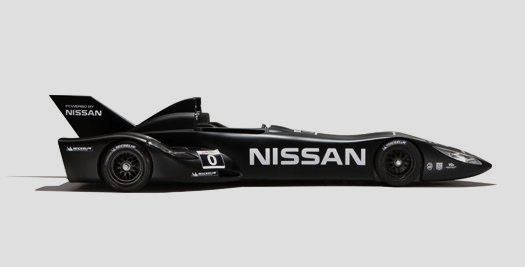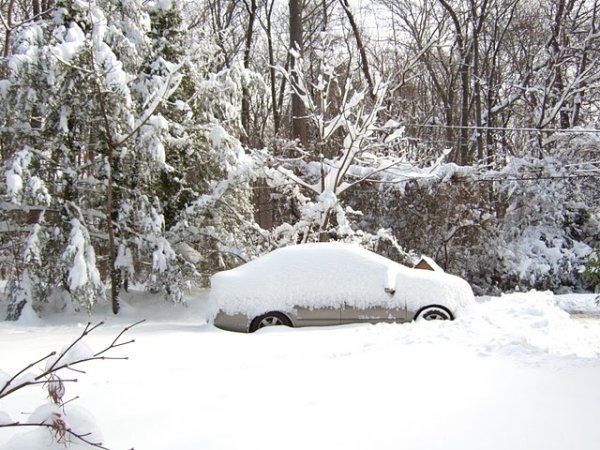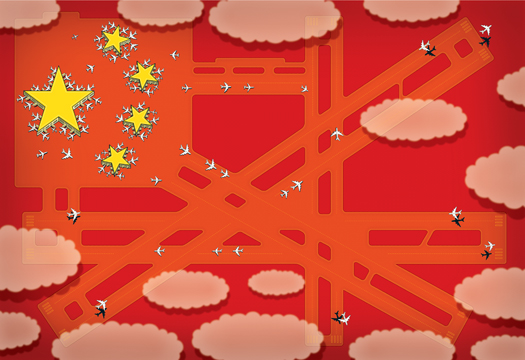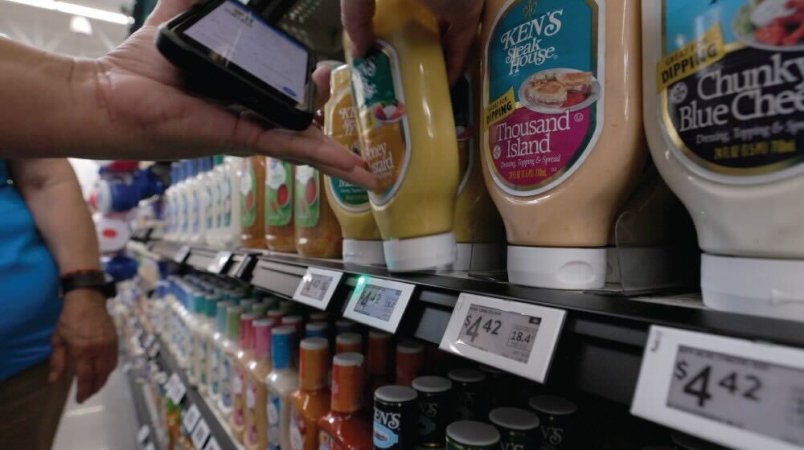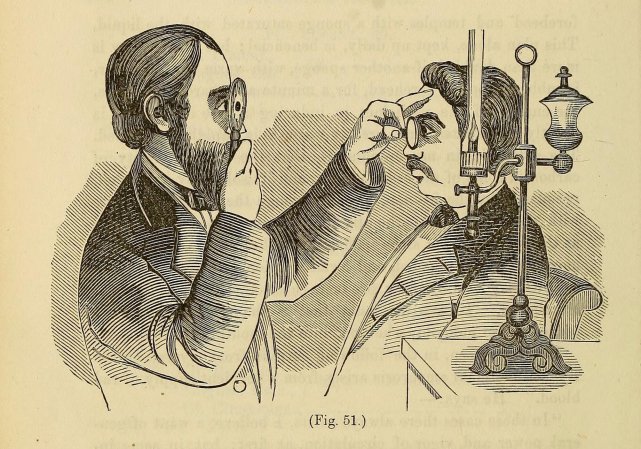A recent AAA study revealed nearly two-thirds of drivers believe there is a difference in the quality of gasoline sold by different retailers. Still, nearly three-quarters of all drivers list location and price as the two most important factors in deciding where they fill up. A Group of the world’s top car manufacturers believe so strongly in the benefits of high-quality, detergent gas they created Top Tier certification. Research shows Top Tier fuels help to reduce carbon deposits and provide better fuel economy. Going a little out of your way and paying slightly more up-front may save you money in the long run.
It’s understandable most drivers don’t give a lot of thought to the gasoline they purchase, most people never even see the product pumped into their tank on a regular basis. We spoke to the experts at Sunoco, a Top Tier certified fuel provider, along with researching independent testing to determine if the effort and expense of being selective on gas choice is worth it.
What is a Top Tier gasoline?
In 1996, the United States Environmental Protection Agency, EPA, set standards for the minimum acceptable levels of detergents in gasoline for use on public roads. As a part of The Clean Air Act, the EPA turned its focus from automotive manufacturers, to fuel distributors. Through extensive testing of vehicles in both the real world and laboratories, it was found that while new cars were cleaner than ever, with as little as a few thousand miles, emissions of hydrocarbons, nitrogen oxides and carbon monoxide could climb to unacceptable levels. The culprit was carbon build-up on intake valves, fuel injectors and inside the combustion chamber.
Fast forward to the early 2000s. A group of eleven of the world’s largest automotive manufacturers looked at the EPA’s actions and realized the advantages of controlling an important variable of how their cars operated. Unpredictable fuel quality meant some cars may not meet emissions standards after as little as a few months of operation. Controlling fuel quality also combats issues with hard starting, rough idle, loss of power and fuel economy, all caused by carbon build-up. In 2004, Top Tier was launched as a way for participating car manufacturers to certify fuel companies as premium choices for their consumers.
What is in your gasoline?
You probably don’t give much thought to what’s in your gasoline. It’s complicated, not half-caf, non-dairy milk flavored latte complicated, it’s PHDs in lab coats complicated. Zachary Santner, a Technical Specialist with a background in chemical engineering at Sunoco helped sort out the process.
Once out of the ground, refineries turn crude oil into many different products by forcing chemical reactions to take place that generate desired products. These products are purified, separated and blended to create products like gasoline. All gasoline is a mixture of hydrocarbons ranging from about four to ten carbon atoms long. These hydrocarbons can have different structures which will have unique physical properties; there are hundreds of unique chemical structures in gasoline. These hydrocarbons are combined in different ratios to produce gasoline with different evaporation points appropriate for the temperature and altitude.
Additives like antioxidant and corrosion inhibitors are added to the base gas to protect machinery handling the fuel, it will serve the same purpose in your car. At this point the refinery has done most of the work but the fuel isn’t finished yet. Then, by truck, train or pipeline, the gas is delivered to a terminal. The final step of creating gasoline is done at terminals where detergents and ethanol are added. This is where proprietary mixtures of chemicals are added to the base to make it a particular brand, like Sunoco’s UltraTech detergent package. From the terminal, the gasoline is then trucked to stations and kept in underground tanks to be sold to consumers.

Why you need detergents
What the EPA, and later the car manufacturers, realized is carbon build-up is a major factor in how your car engine operates. Build-up on intake valves disrupts and decreases flow into the cylinder, build-up on the tops of pistons raises compression ratio as well as creating hot spots which causes pre-detonation, the slightest amount of carbon on a fuel injector can ruin the spray pattern and flow rate. Lab testing has shown carbon deposits can increase carbon monoxide emissions by 200% and hydrocarbon emissions by as much as 30% while decreasing fuel economy up to 5%. The Top Tier gasoline certification was created because the best way to prevent and/or remove carbon deposits is with the use of detergents.
As explained by Santner, “if a company wants to provide a high-quality fuel, they will need to use the specified amount of detergent to be considered Top Tier. The most common class of detergents are Amine based. They are made up of hydrogen, carbon, oxygen and nitrogen.” Think of a detergent like soap, what’s known as a surfactant. Detergent molecules have one end which is hydrophobic and the other hydrophilic – one end sticks to nonpolar molecules like oil, the other end to polar molecules like water. The surfactant pulls carbon away from the engine but at the same time grabs the carrier fluid. The carbon and detergent is suspended in the gasoline and burned in the combustion chamber.
Let’s talk octane
The word is used all the time. High octane describes everything from coffee to buffalo wings, but do you really know what octane rating means? First, octane rating does not measure energy content in gasoline. The pop-culture use of the word is nearly the opposite of what high octane actually means.
Gasoline’s octane rating is a measure of its resistance to igniting under compression; the higher the number, the more stable it is. In the United States, we use the AKI, Anti-Knock Index to identify octane rating. This is an average of two different methods of testing octane level – the RON, Research Octane Number and the MON, the Motor Octane Number. This is why you see (R+M)/2 on the gas pump.
The best way to determine what octane rating of gasoline to use in your car is to look in the owner’s manual or the inside of the car’s fuel filler door. If your car was designed to run on regular, 87 octane gas, there is no advantage buying higher octane. However, if your car requires higher octane fuel 91 octane and above, using lower grade fuel may result in reduced performance at best and damage from pre-detonation at worst.

Is Top Tier gasoline worth the extra cost?
The AAA study referenced in the beginning of this article found that Top Tier gasoline is on average just three cents a gallon more than non-certified gas. If the research is correct and you do get 5% better fuel economy with Top Tier gas, then at current gas prices, you are saving money just with the fuel.
If we look at long term benefits, the detergent package will keep fuel systems and engine components cleaner. It can stop engine damaging pre-detonation as well as keeping the fuel system cleaner from tank to injector. Lastly, it will keep your car running better, with easier starting and smoother idling, which seems like a pretty good bonus on top of saving money.




